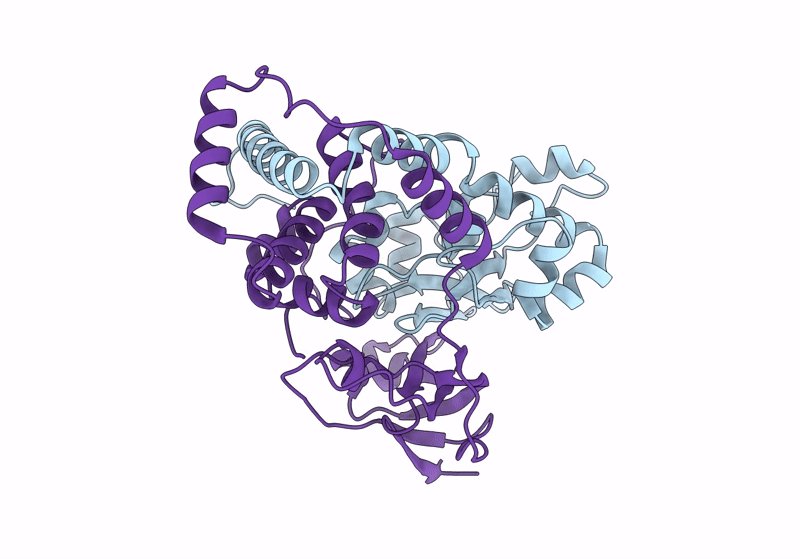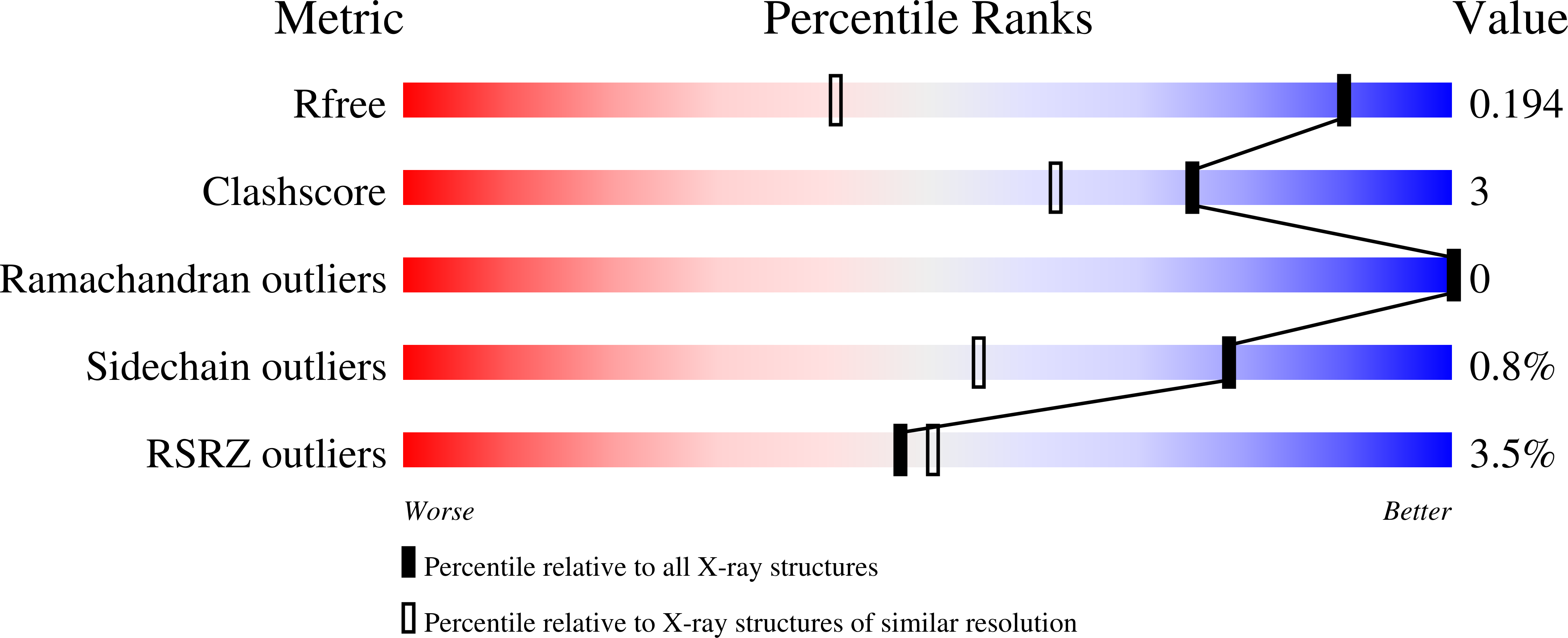
Deposition Date
2024-08-15
Release Date
2024-09-25
Last Version Date
2024-11-20
Entry Detail
Biological Source:
Source Organism:
Pseudonocardia thermophila (Taxon ID: 1848)
Host Organism:
Method Details:
Experimental Method:
Resolution:
1.29 Å
R-Value Free:
0.19
R-Value Work:
0.15
R-Value Observed:
0.15
Space Group:
P 32 2 1


